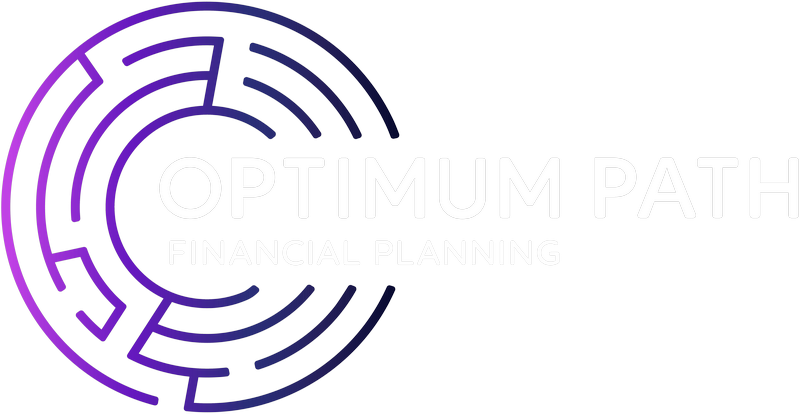12 April 2019
Are you thinking about taking a lump sum out of your pension?
;)
Since Pension Freedoms were introduced in 2015, millions of retirees have chosen to access their savings in a more flexible way. One way of doing this is through withdrawing a lump sum. However, it could have long-term financial implications and should be carefully considered.
Workers with a Defined Contribution pension can usually access their pension from the age of 55. You are under no obligation to do so and how you access it at this point, or after, is up to you. Typically, only the first 25% is tax-free when withdrawing a lump sum, the remainder may be liable for Income Tax. As a result, you could find you pay a higher level of Income Tax on the withdrawal depending on your other sources of income.
There are many reasons you may choose to take out a lump sum at 55 or later. It can be a useful way to improve your financial security, such as paying off your mortgage or paying off other debts. Alternatively, you may have one-off plans that a lump sum could fund, from travelling to a home renovation project. Should you choose to take a lump sum out of your pension, whatever your goals, it’s important to look beyond the immediate.
Research from Saga, suggests more than £3.2 billion has been accessed as a lump sum from pension pots without any financial advice. This is a particular concern when the analysis revealed that just a fifth of retirees understood what Pension Freedoms were. As a result, some retirees could be placing their financial security at risk by choosing to take a lump sum without fully understanding the implications.
There are many reasons why taking a lump sum out of your pension may be the right option for you. But it’s a decision that needs to be carefully weighed up before you proceed.
Three considerations before you take a lump sum from your pension
1. Money Purchase Annual Allowance (MPAA)
If you’re thinking about withdrawing a lump sum from your pension and continuing to contribute, the Money Purchase Annual Allowance (MPAA) is an important consideration.
While you’re saving into a pension you can benefit from tax relief on contributions up to £40,000 or 100% of your salary annually, unless your income is more than £150,000, in which case it will be reduced under the tapered annual allowance. However, once you take money from a pension, the amount you can pay in to benefit tax relief is typically reduced to just £4,000; this is the MPAA.
In some cases, the MPAA will not affect you, for instance, if you’ll be retiring fully and using your pension to create an income. But if you’re hoping to continue adding to your pension, it may be worth considering if there are other assets that could be used to offer a lump sum or delaying plans to maximise tax relief in the future.
The are some instances where the MPAA won’t be triggered if you take a lump sum out. For example, if your pension pot is valued at less than £10,000 the MPAA will not normally apply. However, these rules can be complex and it’s worthwhile checking your individual circumstances before you proceed.
2. The long-term impact on wealth
Your pension is designed to provide a place to save for retirement. Therefore, before you start accessing any portion of it, it’s important to look at how it will support you financially for the rest of your life.
Taking a lump sum out of your pension now could significantly harm your ability to live the retirement you want in your later years. Is it worth benefitting from a lump sum now if it means your income for the remainder of your years is reduced? Of course, there’s no one answer to this, it will depend on your personal plans and priorities.
Before you decide whether to withdraw a lump sum, you should assess the full, long-term impact it would have on your finances. Cashflow modelling is a process that can help with this. It’ll help give you a visual representation of how taking various lump sums out of your pension will affect your income through retirement.
It’s worth noting here many of those approaching retirement underestimate how long they’ll live for; it’s not unusual for retirement today to last 30 years or more. When you’re weighing up the long-term impact, life expectancy should play a role.
3. Income Tax liability
Pension Freedoms mean retirement savings typically become accessible from the age of 55; an age where many of us will still be working in some form and paying Income Tax.
As mentioned above, usually only the first 25% of a lump sum withdrawn from your pension is tax-free. As a result, careful consideration should be given to your potential Income Tax liability to ensure you maximise the sum you receive.
Currently, the Personal Allowance, the amount you can earn without paying Income Tax, is £12,500, The basic rate tax band of 20% applies to earnings above this amount and below £50,000. Once your annual income surpasses £50,000, the higher rate of 40% applies, taking a significant chunk of your earnings. Therefore, looking at how withdrawing a lump sum would affect your annual income is important. If you’re still working or earning an income from other sources, you’ll need to carefully consider how much and when to withdraw from your pension.
If you’re weighing up the options Pension Freedoms present you with, we’re here to help you understand which option best reflects your retirement plans.
Please note: A pension is a long-term investment. The fund value may fluctuate and can go down, which would have an impact on the level of pension benefits available. Your pension income could also be affected by the interest rates at the time you take your benefits. The tax implications of pension withdrawals will be based on your individual circumstances, tax legislation and regulation, which is subject to change in the future.
Category: News
